What Are The 4 Types of Merchandise?
The primary purpose and the utmost goal in the retail industry are to maximize profits for the store owners. The common formula in retail is to sell as much merchandise as you can at the highest possible margin. This formula may work out for some retailers and also be a failure for others. And applying just one formula is never a way to become successful.
Do you know that the key to increasing sales and profitability to a retail store lies mostly in merchandising? Merchandising significantly enhances your customer experience. Therefore, it is pivotal to understand merchandising and the 4 types of merchandise that contribute to a successful merchandising campaign. This article will lay the groundwork for any retailers who want to carry out a merchandising campaign.
What is merchandising?
So what exactly is merchandising?
Merchandising is all the sellers’ efforts to display and sell products to customers, both in-store and digital. We often refer to it as store displays and store layouts designing, but merchandising can also be choosing which products are best to sell and pricing them competitively. Most retailers use merchandising to convert their visitors to paying customers as well as influence customer spending patterns. Merchandising is also useful when it comes to increasing brand awareness and consistency.
Merchandising can be categorized according to different criteria, but the most common types are product merchandising, retail merchandising, visual merchandising, digital marketing, and omnichannel merchandising. Although being put into different classifications, these merchandising practices are mingled a lot with each other.
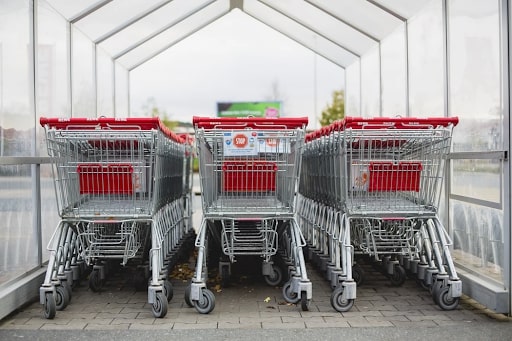
A brief look at the history of merchandising
Merchandising is no longer a new concept. To understand “what is merchandising”, we should trace the retail history back to the last quarter of the 18th century, where small retailers started displaying their merchandise openly to visually appeal to their shoppers. Since its start, there have been small incremental changes in the merchandising activity.
Shopkeepers and merchants switched from placing their goods directly on the floor to putting them on platforms or pedestals, raising them closer to eye level. Then merchandise displays were often themed to create a more appealing and enticing shopping experience for customers.
The rise of department stores in the 19th century changed the way sellers displayed merchandise. Giant retail establishments invented a new merchandising technique called windows display. The store windows were not used only to bring natural light to the stores anymore.
They became a critical factor in retailers’ merchandising efforts and proved to effectively attract customers’ attention and increase foot traffic to the stores. Since then, retail outlets have laid more stress on their storefronts’ appearance, trying their best to create a magnificent and opulent consumption site. As time went by, this displaying style was gradually moved indoors and became an interior display practice.
And now, in the 21st century, merchandising has become a science. Retailers are now shifting from the physical presentation of products to online merchandising. However, the customer-oriented merchandising techniques we see today in digital channels or physical stores are just fresh takes on what has existed since the dawn of time.
Read more:
- What is Visual Merchandising?
- What is a Consignment Store?
- What is a 3PL?
- What is the Cheapest Way to Ship Large Packages?
4 types of merchandise for retailers
We have already known from the first part that merchandising plays a major role in stimulating consumer spending. To develop a successful merchandising campaign, retailers must know different merchandise kinds as different products need different merchandising tactics. A healthy mix of the following types of products plays an important part in increasing a store’s profitability.
Since these following types of goods are categorized according to the level of consumer involvement in the buying process, there can be an overlap between the two categories. For instance, whether a product is considered a convenience good or specialty good depends on the purpose of buying and customers’ purchasing behavior.
Convenience goods
Convenience goods include cigarettes, magazines, newspapers, cleaning products, and personal hygiene products, or refreshments like ice cream, cold drinks, etc. To give a brief understanding of convenience goods, they are consumer items that can be accessed widely and easily and frequently purchased with minimal shopping effort. For example, if one wants to buy a chewing gum pack, which is considered convenience goods, he can buy it at many places such as a vending machine, a convenience store, a drug store, or a supermarket, etc.
Some typical convenience goods are widespread availability, non-durability, low and standardized prices, regular and continuous demands, and accessibility at convenient locations. Unlike specialty goods (luxury cars, high-fashion clothing, or fancy products, etc.), convenience products often carry a low opportunity cost since customers are less concerned with brand image and the quality of their purchases when buying them.
Besides, convenience goods are likely to go through demand transference in which customers will choose a substitute if their choice brand’s product is unavailable for some reason. However, shoppers still have a brand in mind when they shop for a specific product, so convenience goods still have some brand loyalty to their consumers.
Because of convenience goods’ features, customers often purchase them through habit or impulse and do not go through an intensive decision-making process. Meanwhile, they are also highly sensitive to convenience goods’ price increases. The purchase price of a convenience good plays a large role in customers’ buying decision making. Customers may skip buying a product if they think its price is much higher than the standard price.
The ideal strategy for retailers here is to strike a balance between price and demand, making sure the incremental price increase of a product does not have an adverse effect on the number of products sold. Retailers should also aim their convenience products to reach a broad market and make every effort to sell large volumes of convenience goods at a fast pace to make a profit.
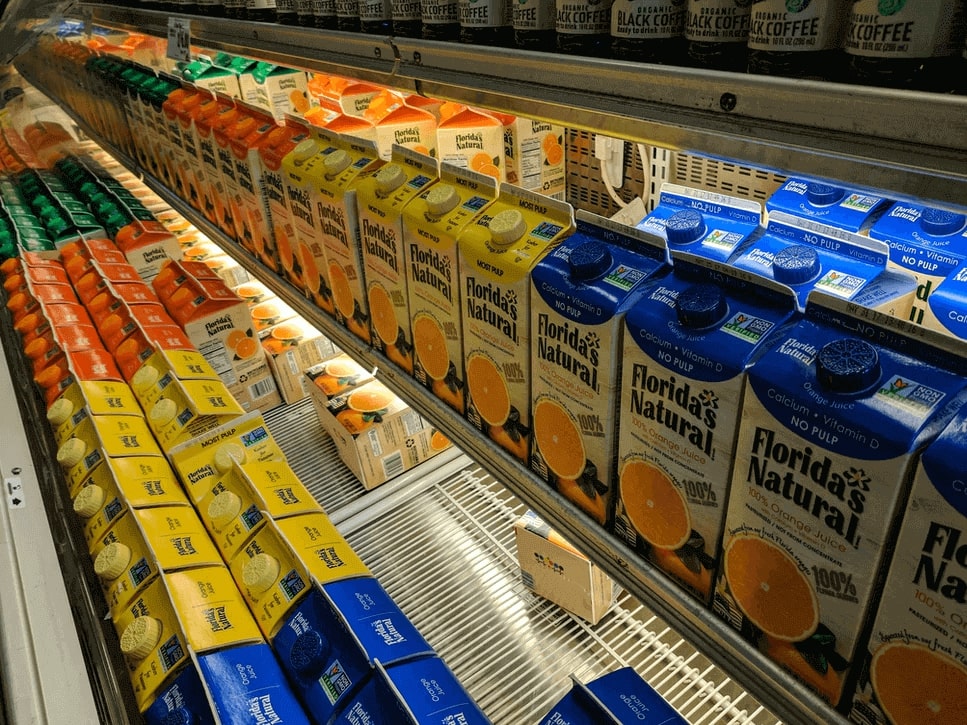
Impulse goods
Every time before going shopping, we always carefully budget and make a strict purchase list. However, things often don’t go as planned, and we come home with more items than what we wrote on our list. A research found out that nearly 80% of our purchases are impulse buying.
While there are staple goods or essential goods, which are fundamental for our day-to-day living and are planned to purchase most of the time, there are also impulse goods that have no connection. They are products that we add to our shopping cart on the spur of the moment without any forethought. Impulse merchandise plays on people’s feelings and emotions, letting them leave behind their rational thoughts and give in to their emotional side.
A customer is enticed instantly into purchasing an impulse product because it stimulates the customer’s sense of instant gratification without any rhyme or reason. Usually, impulse goods are low-priced items so that customers can buy them without a second thought. However, these items can be a great source of extra profit for retailers. They can also create awareness for buyers of the various merchandise that your store offers.
It is indicated that a sound impulse-goods merchandising strategy is important for retail outlets to win over customers with emotions. The key to the success of impulse buying lies in easy access. Impulse merchandise should be placed within reach of customers or at eye level, which is also the buy level. That way, customers can just grab and purchase the goods, irrespective of the fact that perhaps they do not need those products currently or even urgently.
Some common places to display impulse goods are near a POS machine or around a checkout counter in supermarkets, filling stations, and other retail outlets. One thing to keep in mind is that the displayed impulse items should be the ones that prod buyers to step forward and grab them without making further inquiries about features, benefits, sizes, etc. They can range from light refreshments like snacks, confectionery, drinks, etc. to everyday household items namely shaving blades, batteries, etc. and entertainment items such as magazines, comics, VCDs, DVDs, etc.
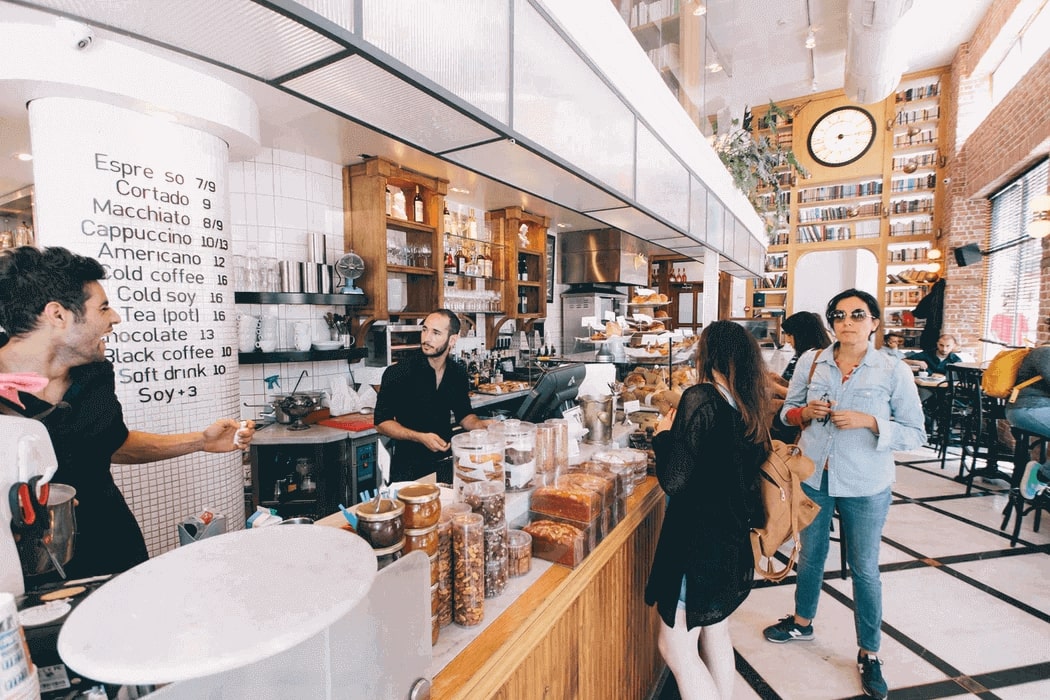
Shopping products
The third type of consumer products is shopping products. Philip Kotler defined shopping products in his book “Principles of Marketing” as “A consumer product that the customer, in the process of selection and purchase, characteristically compares with others on such bases as suitability, quality, price, and style.”
Consumers often spend more time researching intensively and carefully comparing attributes like quality, price, and style with available alternatives when buying shopping products. This characteristic of shopping products is far different from that of convenience products and impulse goods. Since the price of shopping products is fairly high, and since consumers have to spend time and effort to make the final purchasing decision, they often buy shopping goods less frequently.
One factor that helps clearly distinguish between shopping products and convenience goods is that instead of widespread availability, shopping products are often selectively distributed in just a few outlets. When selling shopping products, retailers should implement personal selling and advertising strategy to provide deeper sales support to customers in their comparison effort.
One example of shopping products is smartphones. Before deciding to buy a model of mobile phone, one often goes through a rigorous decision-making process. He may do some groundwork for finding out various brands and models in the market.
Then he may need to compare product features like the phone’s display, battery, memory, and so on, as well as the costing of each brand. In the end, he will purchase the product that is the best value for his money. Other examples of shopping products are computers and laptops, household appliances and furniture, kitchen utensils, clothing, etc.
There are also two types of shopping products called Homogeneous products and Heterogeneous products. Homogeneous products are those shopping goods that are considerably similar in product attributes. One product can serve as a perfect alternative for the other. Brand image, price, style, and suitability are a few characteristics that can distinguish between two homogenous products and immensely affect the buying behavior of consumers.
A product marketing mix strategy is needed to create a strong competitive advantage against a brand’s competitors. On the other hand, Heterogeneous shopping products are products with features that significantly differ from each other. In this type of shopping product, product features are much more important than the product price. It’s also difficult to substitute one product for another.
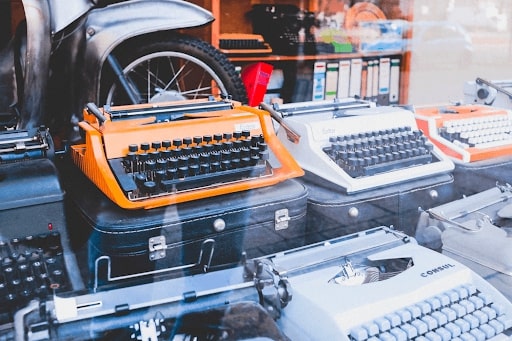
Specialty goods
Before diving into specialty products and their features, we must agree that whether a good is a shopping product or not depends heavily on the consumer’s socioeconomic status and buying behavior. A particular brand’s car may be a specialty good to someone who loves that brand, but it can be a shopping good to others who don’t.
Specialty goods are items that carry unique characteristics or have a great deal of brand equity from the perspective of buyers, who are willing to exert special purchase effort to have them. The buyers can actively seek to purchase a specialty product, invest their time doing intensive research about it, and travel a considerable distance to reach the specialty store. Therefore, specialty stores need not be easily accessible, which is opposed to convenience brands. Specialty goods are also only available at selective places.
To give an example, consumers who love clothes designed by a certain clothing brand will be willing to travel great distances, even traveling overseas to obtain products from that particular brand. Specialty products can be high-end cars, special jewelry, perfumes and cologne, wedding dresses, men suits, specialist sporting equipment, specialist professional advice, or even hairstylist or barber service count.
Specialty products are not necessarily expensive, but they typically have higher prices and higher profit margins in comparison to other types of consumer products. However, price is usually not a concern for consumers of specialty products. They often take other factors like quality, style, scarcity, reliability, brand image, and their personal preferences into account when choosing specialty products.
Moreover, this kind of product involves a high degree of customer loyalty. Different from convenience goods, the degree of demand transference is low in specialty products. Most of the time, buyers do not make comparisons with other products, as well as do not easily accept substitute offerings. This group of buyers has already had a brand of a certain specialty good in their minds before even feeling the need for the product.
Sellers of specialty products can lift their product level from the shopping to the specialty class with different marketing activities, to name a few, targeted promotions, exclusive distribution, and so on. The key factor here is to create a competitive advantage that differentiates their product from others in the consumer’s mind.
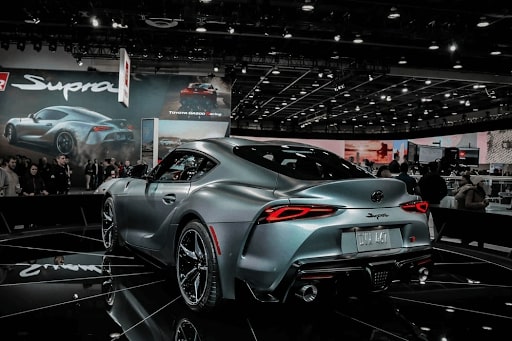
Read more:
Advantages and disadvantages of merchandising: What you’ll need to consider?
Just as we briefly mentioned before, merchandising plays a very important role in the retail industry. Take the case of impulse goods as an example, a sound merchandising strategy can help store owners entice customers to buy more goods that they may not currently or urgently need.
However, merchandising can be a double-edged sword. It may bring more customers and profit to your store, but it can send both the two away if doing wrong. Knowing both sides of merchandising is necessary to create a good retail merchandising strategy that truly drives your stores’ sales.
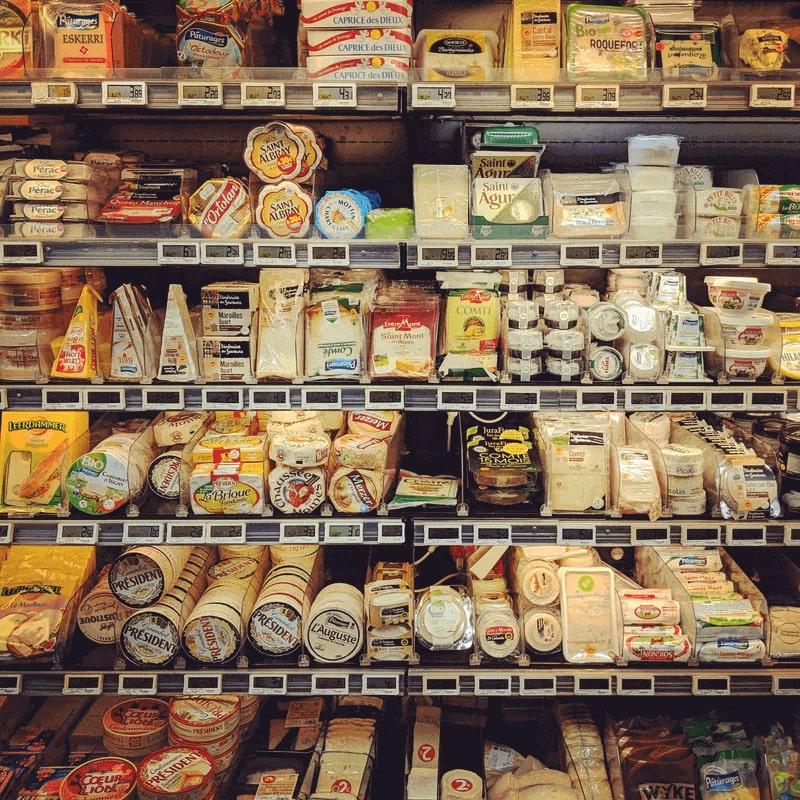
Advantages of merchandising
1. Building incremental revenue:
Displaying products, especially best-selling ones, closer to the customer’s line of sight is one of the merchandising activities that help shoppers notice products they may not have noticed otherwise. As goods fly off the shelves, sales will increase rapidly. This shows that an effective merchandising implementation results in a significant increase in your retail sales and revenue. It helps retailers take full advantage of their retail space without further store expansion or renovations.
We all have to admit that we buy and consume with our eyes. Using various merchandising techniques, including storefront displays, product demonstrations, lighting, product packaging, pricing, sales signages, and promotional marketing, will drive sales while providing a unique shopping experience to your shoppers. They may link your appealing merchandising with your store, which in turn enhances your brand image and increases customer loyalty to your store.
2. Increase foot traffic:
First impressions do make a difference. A neat, well-lit storefront may attract passersby to notice and come into your store to look further. And merchandising can help retailers with that. You should apply merchandising right at the entrance of your store, or perhaps further at your parking lot if your store has one.
A clean parking lot, manicured grounds, bright storefront signage, and clean windows may gain customers’ attention and lead their footsteps to your store. Whether they decide to purchase your products or not is up to your interior merchandising, product line, and pricing. But at least enhancing your store’s exterior appearance guarantees an increase in footfall.
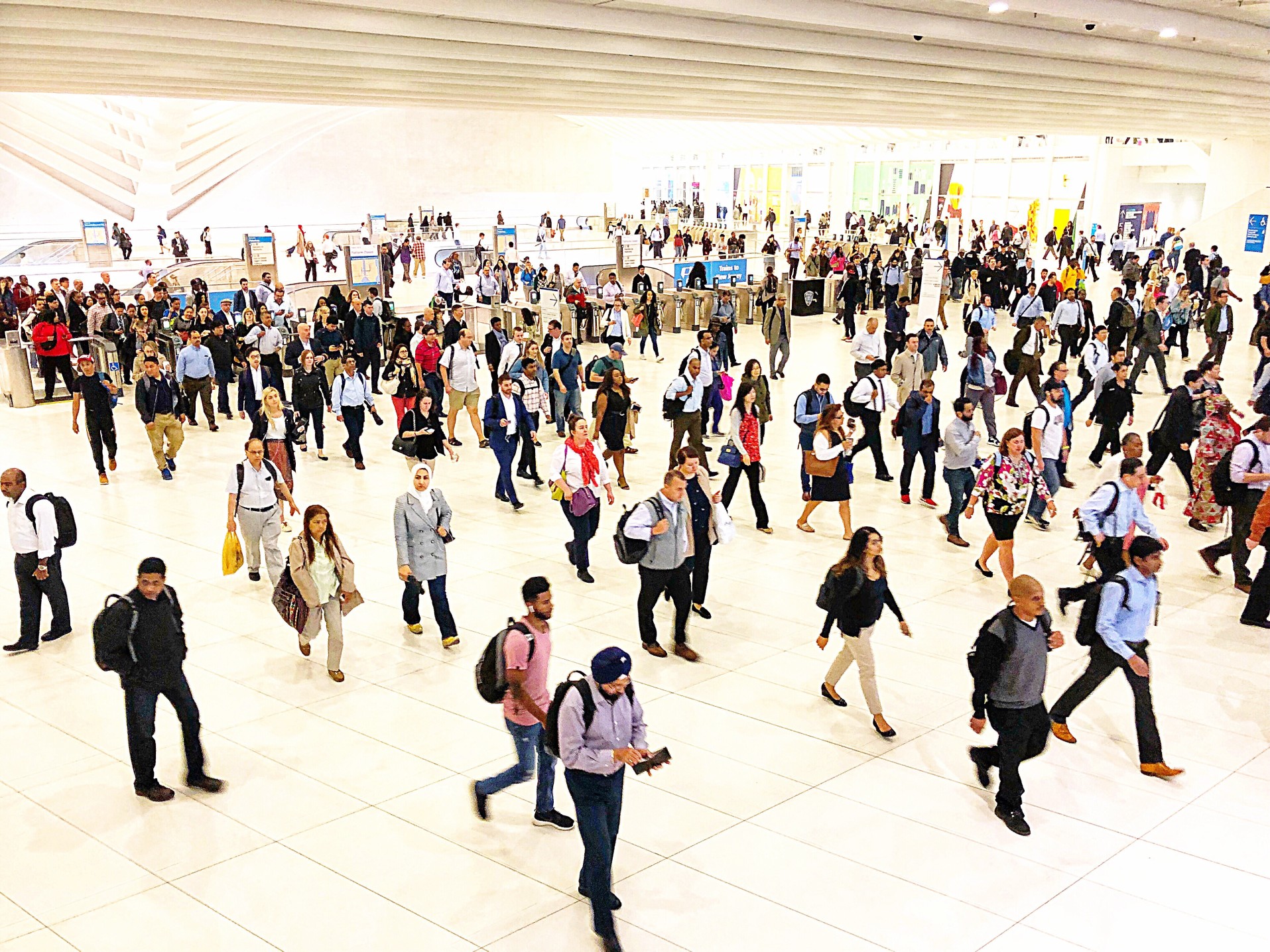
3. A flexible and more usable store space:
From arranging the layout of the interior retail space to allocating spaces for different products on aisles, shelves, all of these activities contribute to a proper merchandising strategy. These techniques give you more usable store space and more flexibility for customers to browse your store. More space means that you can handle more traffic efficiently and direct your shoppers to important sale items and significant displays. An easy-to-navigate store space makes the overall shopping experience less of a chore, which can be a plus point in your customers’ minds and increase your brand perception.
Disadvantages of merchandising
1. Fail to update your merchandising:
Once is never enough. One of the downsides of merchandising is that store owners need to change their merchandising seasonally or keep up to date with the current merchandising trends. Only that way can they satisfy their current clientele who have set a pretty high bar for them, and maintain a steady stream of new customers to their store.
Showcasing too few or too many products or not changing the displays frequently enough can turn shoppers off from coming into or returning to your store, which hurts your store sales. Many stores, especially small ones, only implement merchandising once or twice a year during big holiday seasons or refuse to change their merchandising display because of their limited budget. This makes their stores look less attractive compared to others and may result in shrinking their customer base.

2. Demands on staff:
Once you carry out a successful merchandising campaign and get a lot more footfall on a daily basis, you will have to deal with, of course, more sales, more deliveries and more service issues. These issues translate into longer working hours for your current staff and perhaps hiring more staff to handle the work. The demand for more staff and the demand for higher payroll can become the burden for small businesses with limited budget.
3. Increased expenses:
It’s now clear that merchandising can cost you a fortune. The expense of improving your store interior and exterior appearance, updating them frequently, or hiring merchandising experts can add up quickly. Although a proper merchandising campaign may cost you time and effort and be a strain on your pocket initially, it guarantees to expand your customer base and increase your profitability in the long run. Being comfortable with the disadvantages of an investment is the very first step to reap the rewards later in the process.
Related posts:
A final note
Now that you have become more familiar with merchandise and merchandising, you may have a suitable merchandising method in mind to make your products stand out and sell more. If you have more questions about merchandising or any interesting ideas that you would like to share, feel free to contact us, and we’ll reach out to you as soon as we can.
New Posts






